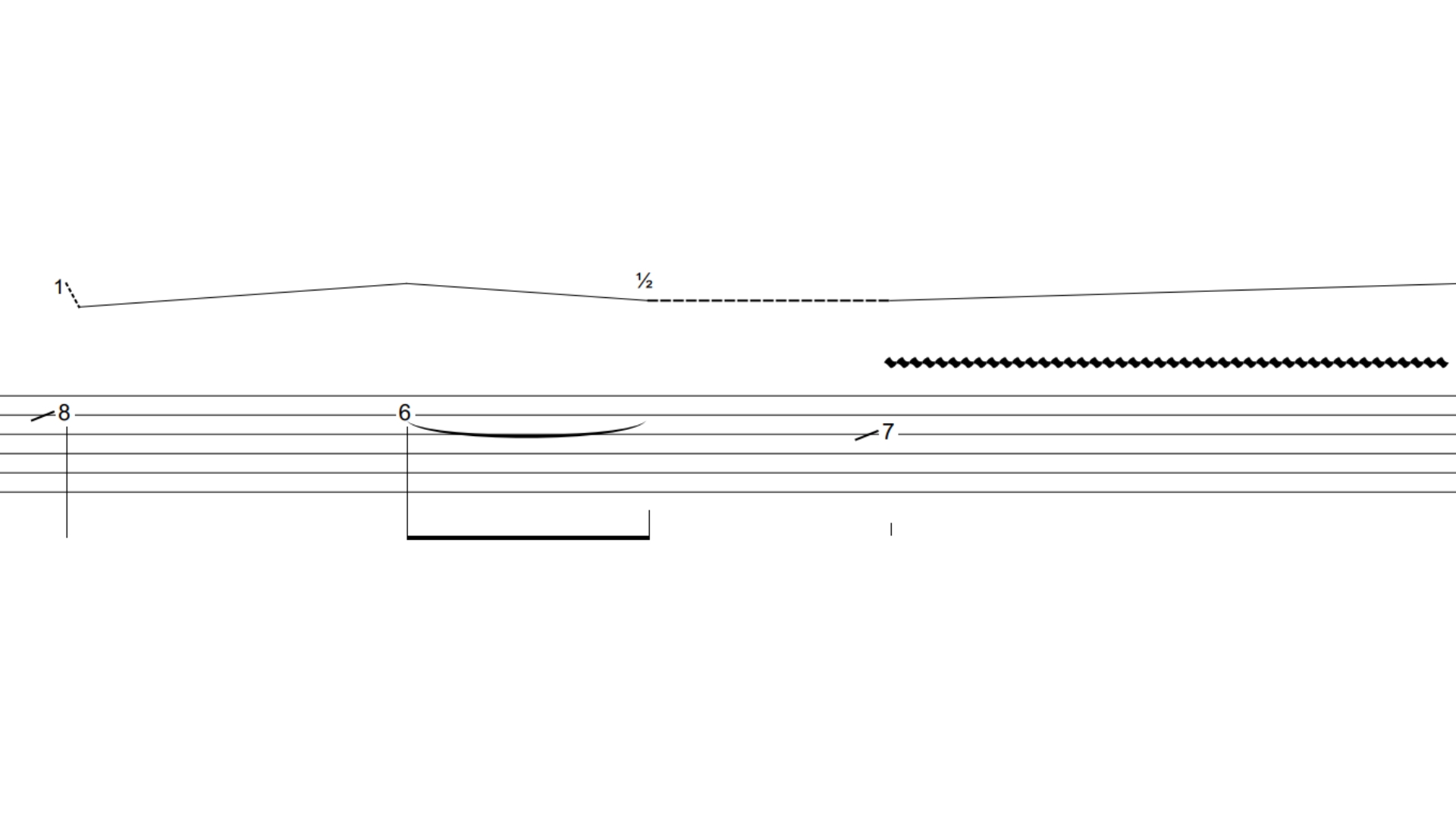Steal the signature guitar tricks of the greats including Jeff Beck, Eddie Van Halen and John Frusciante
Incorporate their signature techniques into your own style

As guitar players, we can learn so much from our idols. Our ultimate goal is to find our own sound and create something unique, but along the way we can pick up a few helpful pieces of advice from some of the greatest in the game.
In this lesson we’re going to check out five signature guitar techniques that you can learn from five iconic guitar players. Each of the guitar tricks we learn are things that each of the mentioned players have become known for, but that doesn’t mean you can’t use them in your own way. Use these techniques and ideas as building blocks when creating something of your own.
John Frusciante funk riffing

John Frusciante is best known for his many tenures as the guitarist in the Red Hot Chili Peppers. Through the bands career, Frusciante has shown many difference angles to his playing, from Hendrix-inspired fuzzy leads to stunning chord work, but what he’s best known for his is ability to hold down a tight funk groove.
This funk riff is inspired by his frantic style of playing. The riff is made up of muted triplets which are broken out of to add double-stop accents or lead line embellishments.
Before starting this, it’s important to get used to playing the muted triplets as tight as you can, consistent rhythm is very important in this style.
The lead embellishments in this example are simple phrases from the D minor pentatonic scale, you can improve your own licks in this style to give it a different flavour.
Jeff Beck tremolo slide effect

The late, great Jeff Beck was known for many things, one of those was his expressive use of the guitars tremolo system. This lick is a Jeff Beck-style lick that emulates the sound of a slide guitar phrase. The bar is used to simulate the sound of sliding in and out of notes, but also moving from one note to another and pitch matching.
Want all the hottest music and gear news, reviews, deals, features and more, direct to your inbox? Sign up here.
The lick, on paper, looks like it’s just three notes, but the finesse comes into play with how you control the tremolo arm.
For the first note, you want to slightly dip the bar and bring it back to pitch as you slide into the 8th fret on the B string, this simulates the sound of a slide going to it’s note.
The next part is using the bar to move from one note to a set target note. Play the 6th fret on the B and dip the bar slightly until the pitch of the string hits that of the 5th fret.
The final part is a slide to the 7 on the G. You’ll already be in a position with the bar dipped, so jump your finger to the G, slide up and let the bar return to it’s starting position and add plenty of tremolo arm vibrato.
John Mayer triad chords

If you’ve ever felt bored of your chord progressions, this tip is a great one to break out of that box. This is a great concept on how to get more mileage out of your chords. While this is something John Mayer is known for, this can also be considered to be a Jimi Hendrix style technique which is likely where John Mayer got this from.
This approach involves taking your regular six-string major and minor barre chords and breaking them out into smaller, triad chords on the G, B and E strings. This removes the high E and A string from the chord, freeing up more sonic space and just focusing on the key elements of a major or minor chord.
In this approach, you also use your thumb to reach other the top of the neck and play the root note.
Once you’ve got this chord style under your fingers, you can then extend the chord by barring the high E with your index finger, or using your now free little finger to add some melodic notes around the chord.
If you’re playing a major chord, the notes you can add should come from the major pentatonic, and if playing a minor chord use the Minor Pentatonic scale.
Dave Mustaine spider chords

Megadeth’s Dave Mustaine is a thrash metal pioneer. He was one of the earliest archiects of this style of metal and has contributed some of the genres most iconic albums, songs and riffs. This technique is something Mustaine uses to enable fast, cross-string power chord movements without needing to shift your entire hand.
This technique will give your fretting hand fingers a stretching workout.
Be sure to use your index finger and ring finger for the power chords rooted on the A string. Once you play that power chord, you keep those fingers in place while using the middle and little fingers to stretch over and play a power chord on the Low E string.
This is a really great technique for quick power chord changes across two different strings.
Eddie Van Halen two-handed tapping

This is quite possibly the most borrowed technique from a guitar legend, but it’s an essential one for most rock guitar players to know. If you’ve never borrowed or stolen any tapping licks from the Eddie Van Halen school of guitar playing, now is the time to start!
Two-hand tapping looks impressive and it sounds way more difficult than it actually is. Think of this like an extended pull off.
Your fretting hand, in this example is just doing a constant pull off from the 8th to the 5th fret of the B string. With your picking hand, instead of picking the string, you’re tapping a higher note from the scale, in this case the 12th and 13th frets on the B string.
The tapped finger pulls off to the fretting hands 8th fret, which pulls off to the 5th fret.
This technique can be used with any scale, anywhere on the guitar, experiment with this and see where it fits your playing style.
Leigh Fuge is a guitar player and content creator with a love for all things '80s. When he’s not creating gear demos for his Youtube channel he’s teaching students via his online guitar course Right Notes Music Tuition. Off camera he spends most of his time travelling around the UK performing at functions and corporate events. www.instagram.com/leighfugeguitar

